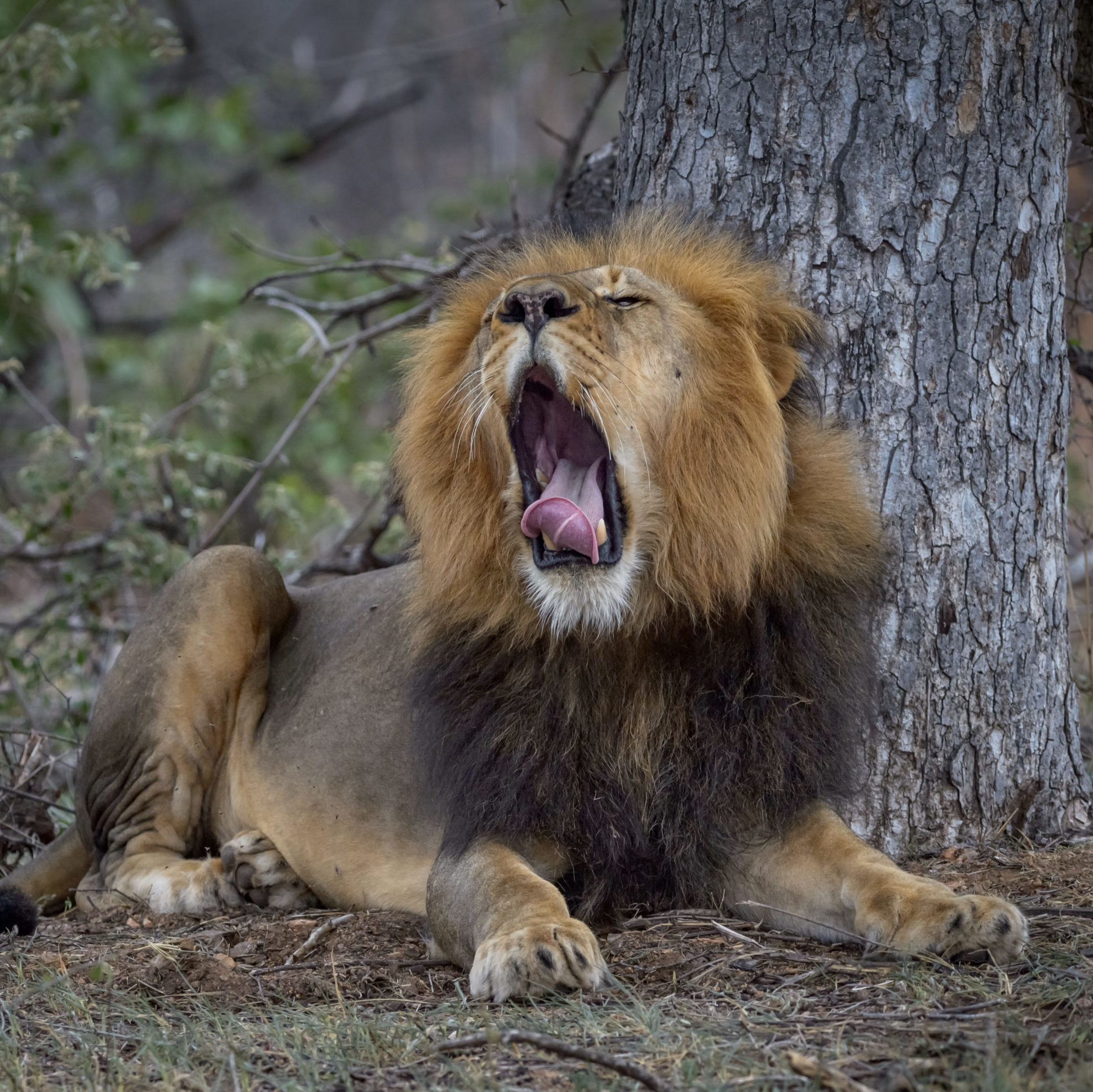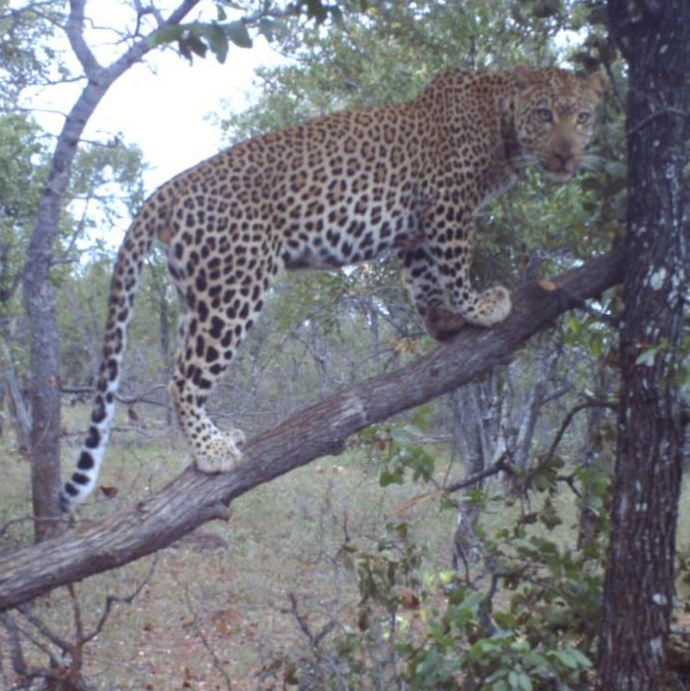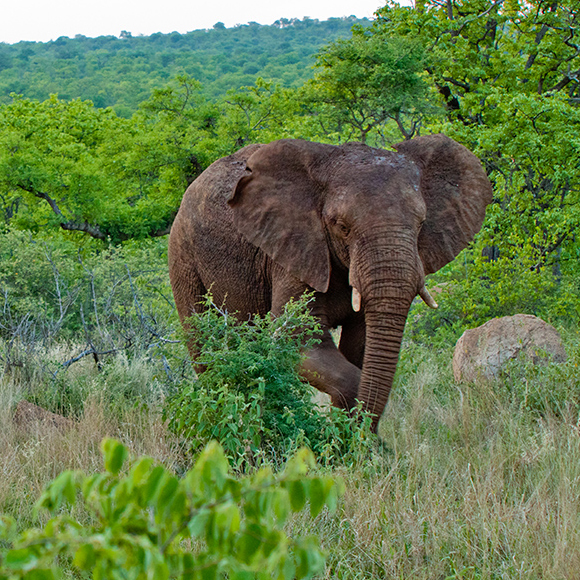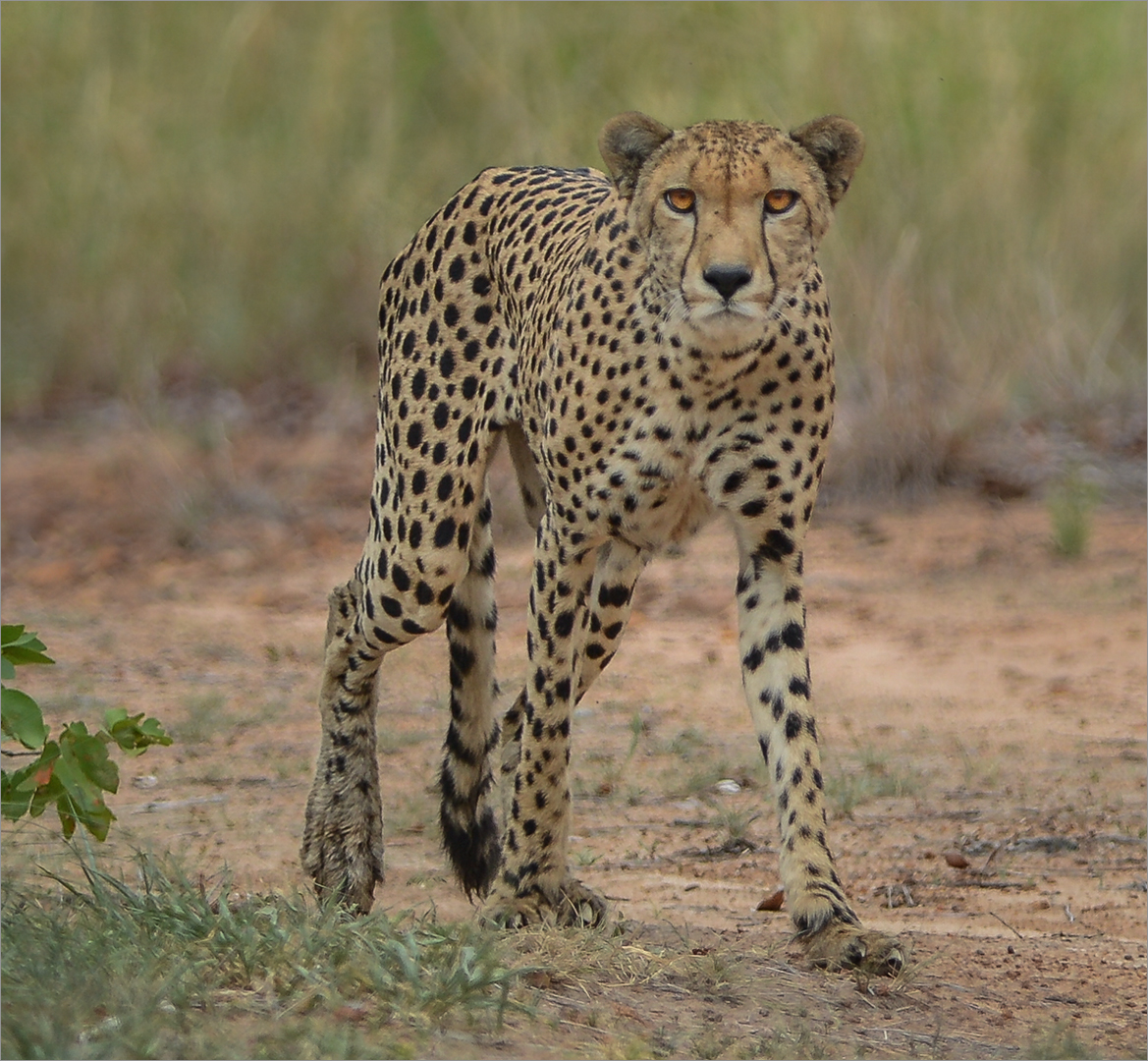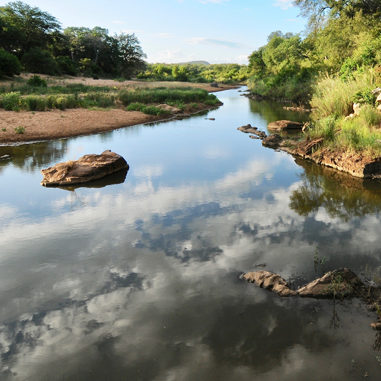Research
The Selati in-house Research team began operations in 2016. A 10-bed tented camp hosts volunteers, university groups, and researchers alike. Assisted by generous donations, the Selati Research Team have acquired an inventory of equipment and vehicles that together with the hands on help of the volunteers, help provide the reserve with a solid foundation from which to generate essential data and income for the reserve.

All research projects hold the following objectives:
- Self-sustainable research volunteer program that supports the conservation management of the Selati Game Reserve
- Generate a viable income stream for the reserve.
- Using new technological advances in tracking devices, develop the reserves network and applicable monitoring devices for a number of key species.
- Establishing the Selati Game Reserve brand as one of the top conservation destinations.
- Provide an education in all aspects of conservation management for volunteers and the local community.
- To run in collaboration with university academics who are specialists in various aspects of biodiversity or social and economic studies, resulting in publications in peer- reviewed journals.
- All costs for monitoring and research programs to be covered
- Actively monitor Selati’s key species
RESEARCH PROJECTS
PhD on the competitive relationships between Carnivores
The competitive relationships existing between large carnivores, in terms of spatial distribution, habitat use, and prey species composition, and abundances remains a challenge for managing enclosed reserves. Should one species out-compete another, it can lead not only to the loss of diversity within the reserve but can also exert an imbalanced pressure on vulnerable prey species.
In 2016, Selati Game Reserve, in collaboration with the University of Rhodes, embarked on a study to determine how the current carnivore regime interacts between species and the influence they exert on their prey species.
Leopard Population
Understanding the dynamics of maintaining a balanced ecosystem within enclosed reserves requires an understanding of the diversity of species, population sizes, and the dynamics involved.
Leopard, despite its relative large size, are notoriously difficult to number through the use of traditional counting methods. In 2015, Selati Game Reserve launched an intensive effort to understand the leopard population within the reserve and the relationship that exists between other carnivore populations and prey species. A baited camera trap technique is currently being utilized, which is deployed to gain insight into the population size, dynamics, and reproductive successes of the leopard population within the reserve.
Elephant Impact Assessment
Elephant are known keystone species in the savannah biome, constantly changing and altering their environment. Because the Selati Game Reserve is a closed system, the impact of the elephant population needs to be carefully monitored and managed to ensure they don’t alter the environment to the detriment of other species.
In early 2017, the Selati Game Reserve began monitoring and assessing the impact that the elephants have on the vegetation across the reserve. The information gathered will complement the data and analysis that we obtain from the annual veld survey carried out by the Agricultural Research Council’s Animal Production Institute.
The combined knowledge will be used to support the reserve’s management decisions regarding the number of animals and how best to protect and enhance the biodiversity of the ecosystem as a whole.
Cheetah Population
In conjunction with SanParks, Selati Game Reserve is involved in the management of the cheetah meta-population across South Africa. In 2015, we augmented the population on the reserve with animals received from the Endangered Wildlife Trust.
The research team is actively involved in monitoring the fragile population of cheetah on the reserve.
White and Black Rhino Monitoring
The Selati Game Reserve has come under increased pressure to protect its rhino population following the dramatic upswing in rhino horn poaching that has taken place across the country over the last five years.
The research team is tasked with the continual and intensive monitoring of the population of white and black rhinoceros using camera traps and radio tracking. The camera trap data is key to the management of our security programme and is both collated and reported to the reserve management on a regular basis.
Aquatic Life
The reserves namesake is the Great Selati River, which traverses the northern sector of the reserve, flowing east to west. The water quality is affected by upstream agricultural activities and mining activity in the general vicinity.
In 2014, the Selati Research Initiative, in partnership with the South African Environmental Observation Network (SAEON), began assessing the quality of water at various points along the river. By taking measurements at different river stations, we can observe whether there are any significant changes in the aquatic biodiversity, both inside and outside the reserve. This information helps us conclude the general health of the river system, allowing us to further assess the viability of the system to self-sustain the diversity of aquatic life within the reserve.

